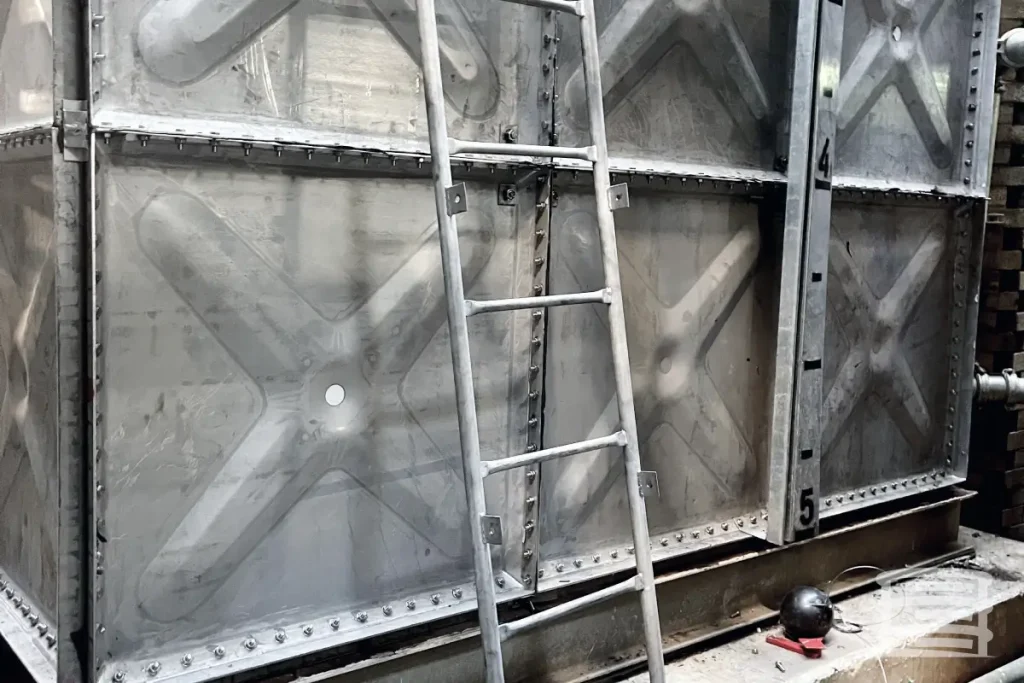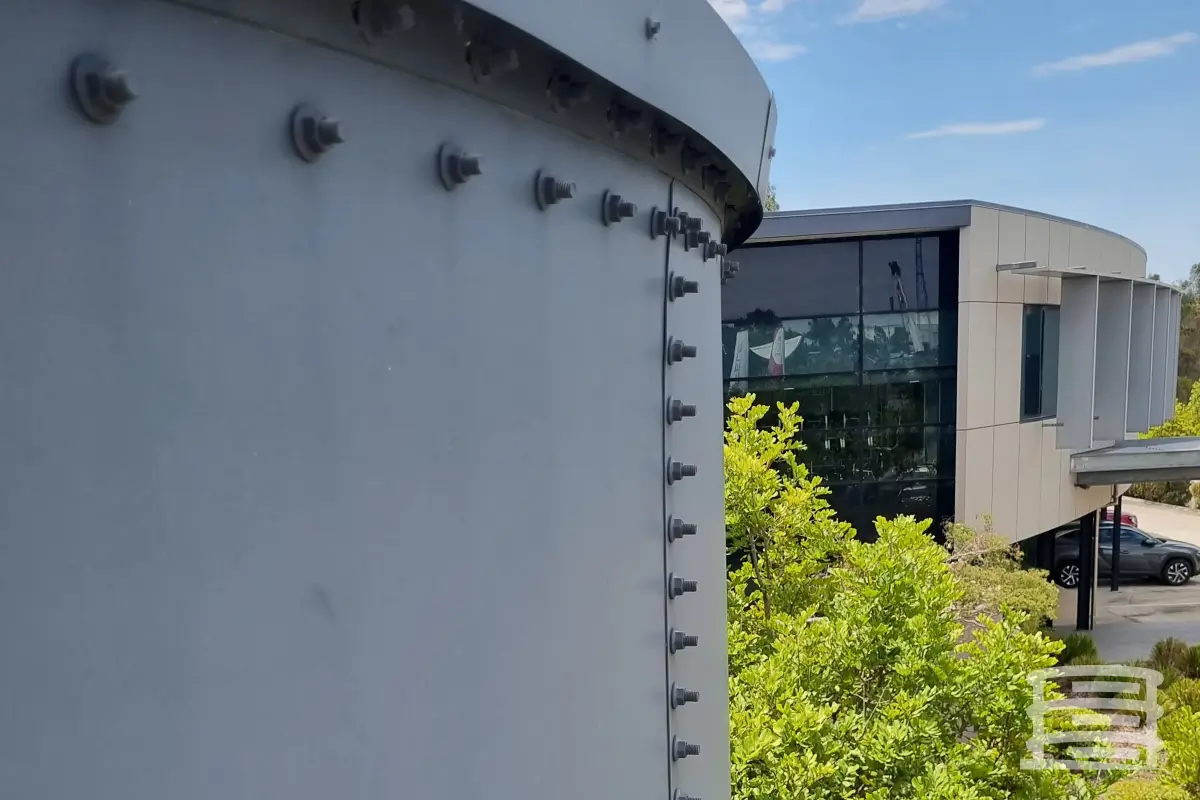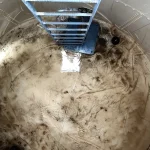Water tanks offer an eco-friendly way to collect rainwater, providing an alternative water source for various uses like drinking, cleaning, and outdoor activities. By utilizing rainwater, you can not only reduce your water bill but also lessen the pressure on municipal water supplies. Therefore, proper maintenance of these tanks is crucial.
Storing large quantities of materials in tanks allows for quick and local access. Building direct supply lines to every location would be impractical and environmentally damaging. Likewise, frequent trips to distant locations to retrieve materials would be inefficient and time-consuming. Installing storage tanks at key or frequently visited sites provides a practical solution that meets most needs.
The Growing Popularity of Eco-Friendly Water Tanks
Water tanks are becoming increasingly popular in eco-conscious homes and businesses worldwide as a way to reduce the burden on the main water supply system.
Fortunately, rainwater provides an abundant and readily available resource that also helps decrease runoff, thereby playing a crucial role in flood management efforts. So, what does it take to install an eco-friendly rainwater harvesting system? Simply choose environmentally sustainable construction materials, considering their recyclability, and ensure proper installation on your property. The essential components of such a system include a water tank (with the necessary filtration and purification mechanisms), a catchment and drainage system (comprising your roof, gutter, and downpipe directing water into the tank), and optionally, any plumbing needed to channel tank water into your building.
Most water tanks on the market have short lifespans, limited UV resistance, and are non-recyclable, eventually ending up in landfills. Instead, consider the most eco-friendly alternative: a steel water tank, which offers durability and excellent recyclability.
Rainwater Harvesting & Sustainability
Rainwater harvesting entails collecting and storing rainwater for future use, offering numerous environmental benefits:
- Mitigates the effects of both droughts and heavy rains
- Safeguards your local watershed
- Enhances the resilience of your garden
- Can be utilized for firefighting
- Replenishes groundwater supplies
- Lowers your carbon footprint
- Decreases reliance on municipal water infrastructure
The cost of replacing, maintaining, and upgrading aging water infrastructure is significant. By increasing individual rainwater harvesting, reliance on municipal water systems is reduced, enhancing drought resilience in the area and ensuring local water availability during wildfires.
Experts estimate that approximately 50% of stormwater infiltrates the ground, nourishing soils and replenishing groundwater, while 40% evaporates, and 10% naturally runs off. In contrast, in developed areas, only 15% infiltrates the ground, 30% evaporates, and 55% runs off impermeable surfaces like roads and buildings.
Installing water tanks reduces the impact of stormwater by providing onsite storage, preventing runoff. This conservation method preserves water for optimal use, increasing its likelihood of infiltrating the ground, thereby enhancing soil fertility and productivity.
The Environmental Benefits of Steel Water Tanks
Investing in water tanks for homes and businesses is a smart choice both environmentally and financially. A high-quality stainless steel water tank can last for 30 years or more, potentially allowing your household to conserve up to 20% of its water. Looking ahead to the next three decades, the impending global freshwater crisis, which is expected to coincide with a world population of 10 billion, stagnant freshwater resources, rising climate temperatures, and stricter water regulations, makes the importance of this investment even more evident.

When choosing water tanks, it’s essential to prioritize construction materials, especially focusing on durability. Many tanks are made from materials susceptible to sun damage, becoming non-recyclable once they deteriorate to the point where they can no longer hold water. These tanks typically have a lifespan of around 15 years. While concrete tanks offer decades of durability, they tend to be more expensive. Fiberglass tanks, though less common, are another option to consider.
For more detailed discussions on any of these concepts, our friendly and experienced customer service team is here to assist. We provide reliable services in Houston, Texas, and Long Beach, California.
Call NFPA 25 Inspections by American Tanks at +1 800 656 0167
Or email at info@nfpa25inspections.com







